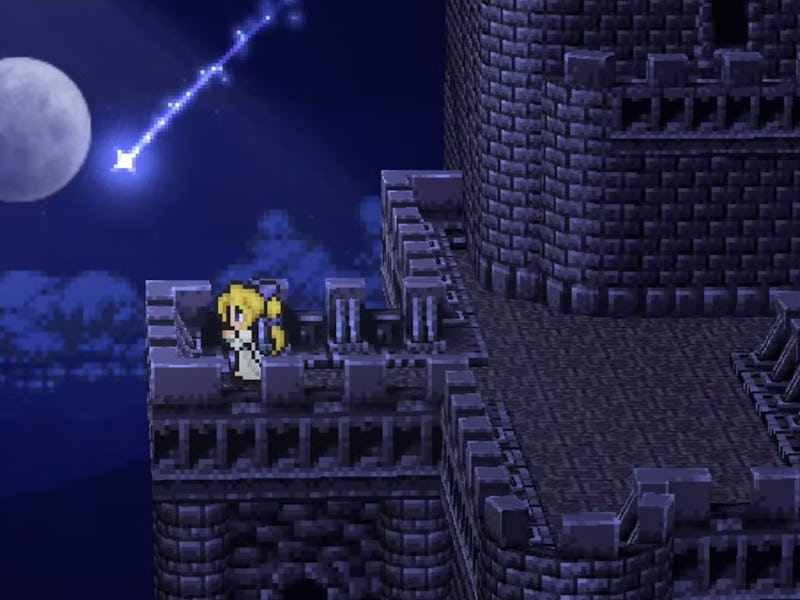30 Years Ago, Final Fantasy Changed RPG Storytelling Forever
A true turning point.

Final Fantasy is a name that’s become synonymous with the RPG. Games like Final Fantasy 7, 10, and more recently 16 have been lauded for their stories, with characters that are beloved by droves of fans. But none of that would have been possible without a key turning point, one game that pushed forward both Final Fantasy and RPGs at large. Thirty years ago, Final Fantasy 6 redefined what a video game could accomplish, and paved the way for the series would accomplish.
Final Fantasy 6 was first released on the Super NES in April 1994, although the game bore the name “Final Fantasy III” on its first release in North America. FF6 feels like a drastic change from the last few games, with a tremendous focus on story and characters, even Final Fantasy 4 pales in comparison. Thirty years ago it was a surprise, but even to this day, FF6 remains one of the most complex, emotional stories the series has ever told, no small feat with everything that’s come since.
The two pillars that elevate FF6 are deep characterization and set pieces, particularly in how these two elements are woven together. From the second you start the game, FF6 is assaulting your senses with narrative, as a trio of mechanical suits somberly walk through a desolate snowy field.
Final Fantasy 6’s story isn’t just delivered through text, but subtly developed through visual design, mood, and tone.
In mere minutes, you learn about the protagonist Terra, and how her magical powers have resulted in a life enslaved by the Gestahlian Empire. There’s an immense amount of characterization packed into just the first few hours, showing how Terra’s hardships have formed her meek personality, which is especially interesting when juxtaposed against the two other core protagonists: the loud and brash Locke Cole, and determined Celeste.
While Terra is ostensibly the “main” character, FF6’s plot revolves around this trio, weaving their individual arcs through that of the main story, as well as side characters. Every party member in FF6 feels wonderfully unique and vibrant, from the stoic Samurai Cyan to the devilishly charming gambler Setzer.
The key difference in FF6, from past games, was how the party built a sense of camaraderie throughout the narrative. These characters aren’t just participants in the story, but the story moves forward through them.
A big part of that is how every major set piece in FF6 revolves around some key piece of development for a character. The unforgettable opera scene is unlike anything in RPGs aesthetically but also shows a lighter fun-loving side of Celes. Sabin suplexing a train shows how far he’s come in his training and the confidence he’s restored in himself. Finding the village of Kohlingen reveals Locke’s insecurities about being able to protect the women in his life.
The World of Ruin twist in FF6 is brilliant, allowing the narrative to take a fascinatingly introspective turn.
Of course, I must mention the massive mid-game twist that went down in infamy, where the villain Kefka quite literally destroys the world. It’s one of the most ingenious twists in video game history, shocking in its immediate execution, but more important in how it allows the game to delve further into its characters, who are all forced to reflect on their failure. This layer of introspection is key to FF6, really helping to make the party feel more grounded and realistic.
It’s no stretch to say every Final Fantasy game that came after simply wouldn’t exist without FF6. This is where so many ideas find their roots: the party dynamics of Final Fantasy 7, the dedicated character arcs of Final Fantasy 9, and the political machinations of Final Fantasy 12. Even in Final Fantasy 16, we see echoes of FF6, with the mid-game twist that integrally changes the design of the game’s world.
While those games might have taken those ideas further, FF6 feels like a jumping-off point. It’s where the series started diving into more complex stories and not just using tropes, but subverting them. Thirty years later, the influence of Final Fantasy 6 still feels immense, and perhaps even more important than ever.